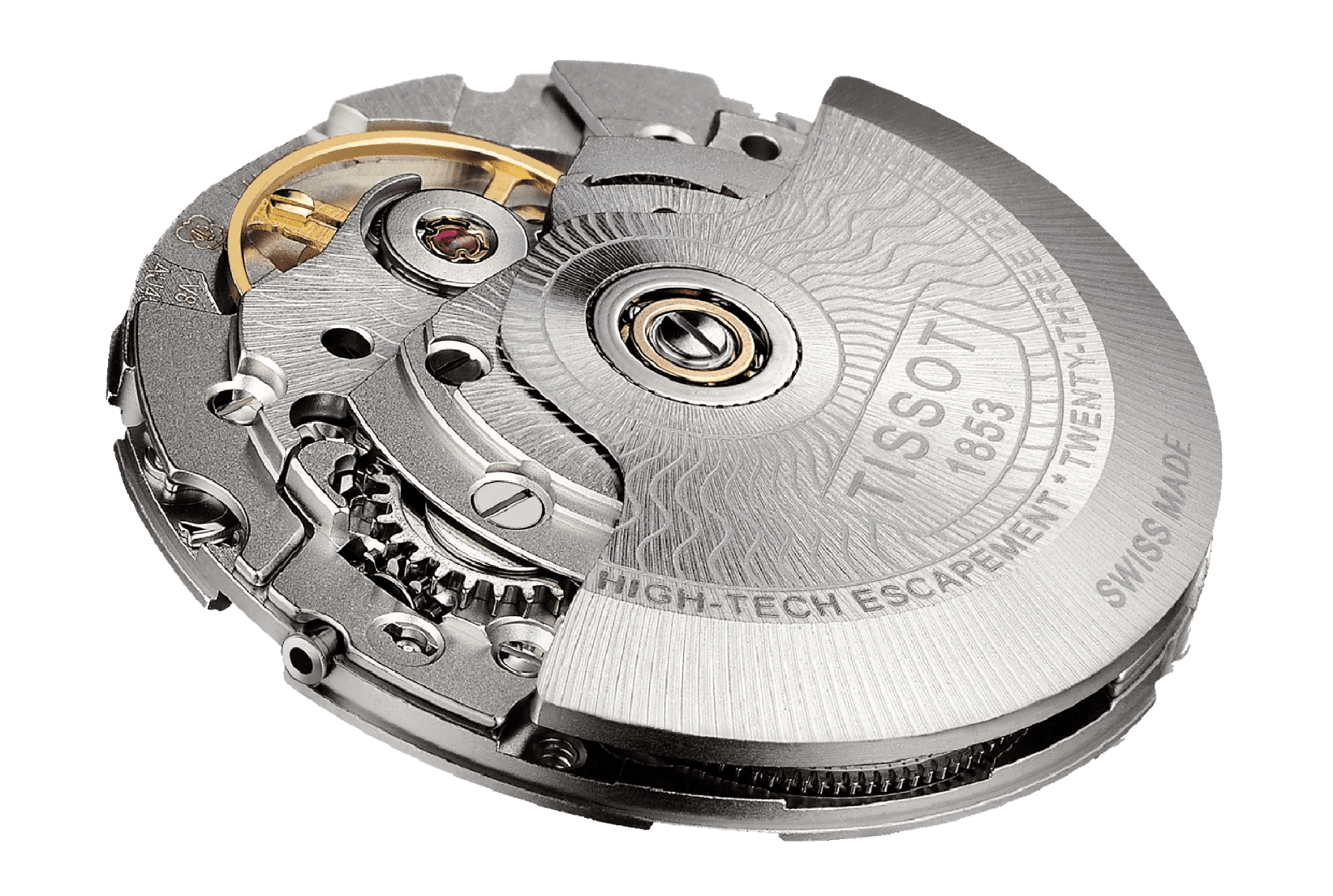Could this be the future of the Powermatic 80?
Borna BošnjakIf you spend any time reading Time+Tide, or are generally interested in the entry-level luxury end of the market, you would’ve undoubtedly come across Swatch Group’s class centurion – the Powermatic 80. Initially manufactured as an evolution of the ETA 2824, and exclusively for Tissot, it can now be found in virtually every Swatch Group brand occupying the A$1,000 – A$3,000 category. Through several iterations, a few things have remained constant. The movements employ an anti-magnetic alloy, ARCAP, and employ a convoluted regulating system. All Powermatic 80s are laser-regulated at the factory, making it difficult to service or adjust should you take it anywhere other than a Swatch Group service centre. Even then, the movements are often simply replaced for new units.
Why bring this up?
I’ve always thought that the Swatch Group decided to compromise the smoothly sweeping 28,800 bph of the 2824 for the near doubling of power reserve in the Powermatic 80, resulting in 21,600 bph. However, I recently stumbled across a video by Pitzmann Seoul, a Korean watchmaker that has only recently entered the market, which explores this topic further.

By disassembling the barrel and revealing the mainspring, they discovered that the mainspring of the ETA 2824 was nearly half the length of the Powermatic 80 spring. At the same time, the Powermatic 80 mainspring is much thinner, resulting in weaker spring tension as compared to ETAs.
This is where the really interesting stuff begins. Pitzmann decided to swap the barrels, putting that of the Powermatic 80 into the ETA 2824, and vice versa. I highly recommend you to watch the video above, as it explains the experiment and the results in more detail than my overview below, and is deserving of garnering more attention. At a risk of sounding excessively Buzzfeedy, the results may shock you!
The results

The Tissot Seastar, which was used as a donor for the Powermatic 80 barrel, and the same one that received the ETA 2824 barrel now performed considerably worse. It steadily gained three minutes per hour, up until the 26th hour, when the unwound mainspring gradually brought more consistency to the movement. With the replaced barrel, the watch saw approximately 39 hours of power reserve, resulting in an approximately two hour error gain during the test.

Even more surprising, however, was the result of the ETA 2824 supplied with the Powermatic 80 barrel. The watch consistently lost a one or two seconds per hour, for a total error of -30 seconds per day. Most remarkably, the watch kept a power reserve of 79 hours during the entire test, despite the higher beat rate and allegedly less efficient movement architecture when compared to the Powermatic 80. The results were consistent after multiple trials, suggesting the initial result wasn’t a fluke.
Possible Powermatic 80 upgrade?
I was both excited and confused when first seeing the results of the experiment. Excited because, clearly, the watch worked, so surely a manufacturer with the might of ETA and the Swatch Group behind it will make this a reality. Laser regulation and proprietary alloys aside, this is the clearest way to market an improvement for the next iteration of the Powermatic 80, which has already seen upgrades like the inclusion of a silicon balance spring.
Seeing how well this franken-movement worked, the question remains, why haven’t they done so already? Your move, Swatch Group.





